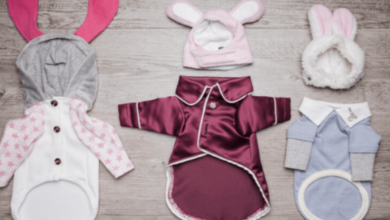wellhealthorganic.com:eat your peels: unlocking the nutritional benefits

Introduction
Eating the peels of fruits and vegetables is a simple yet powerful way to enhance your nutritional intake. Often discarded as waste, peels can be a rich source of vitamins, minerals, and fiber. This article delves into the surprising benefits of including peels in your diet, supported by wellhealthorganic.com’s guide on “eat your peels.”
What Are Peels and Why Should You Eat Them?
Peels, the outermost layer of fruits and vegetables, are typically removed and discarded before consumption. However, they often contain a higher concentration of nutrients than the flesh itself. Eating peels not only maximizes the use of the produce but also contributes to a more sustainable lifestyle by reducing food waste.
Nutritional Profile of Commonly Consumed Peels
Different peels offer diverse nutrients. For instance, potato skins are rich in fiber and potassium, while apple peels contain valuable antioxidants and vitamin C. Integrating these into your diet can lead to significant health benefits.
Health Benefits of Eating Peels
Improved Digestive Health
The fiber in peels aids digestion and helps prevent constipation. It also supports a healthy gut microbiome, which is crucial for overall health.
Enhanced Nutrient Intake
By eating peels, you intake more vitamins and minerals, which can help in preventing deficiencies and boosting immune health.
Antioxidant Properties
Many peels are loaded with antioxidants, which combat free radicals and reduce oxidative stress, lowering the risk of chronic diseases.
Safe Practices for Consuming Peels
Choosing Organic
To minimize exposure to pesticides, it’s advisable to choose organic produce when planning to eat the peels.
Proper Washing Techniques
Thoroughly washing fruits and vegetables under running water helps remove dirt and potential residues.
Edible vs. Inedible Peels
Not all peels are created equal; some can be tough or unpleasant to eat. Knowing which peels are edible enhances the eating experience.
Read also skin care in hindi wellhealthorganic
Innovative Ways to Include Peels in Your Diet
Smoothies
Adding banana or mango peels to smoothies can boost nutritional content without altering taste significantly.
Baked Goods
Grated apple or carrot peels can add flavor and nutrients to cakes and muffins.
Homemade Chips
Crispy potato or carrot peel chips make for a healthy, fiber-rich snack.
Addressing Common Concerns and Misconceptions
The Myth of Harmful Peels
While some believe peels are harmful, proper cleaning and preparation can make them safe and beneficial to consume.
Pesticide Concerns
Choosing organic and thoroughly washing reduces the risk of pesticide exposure, making peels safe to eat.
Read also wellhealthorganic.com/how-to-build-muscle-know-tips-to-increase-muscles
FAQs
- What are the best ways to clean fruit and vegetable peels?
- Rinse under running water, use a produce brush for tougher skins, and consider a baking soda soak for highly treated fruits.
- Are there any peels that should not be eaten?
- Citrus peels can be very bitter and are often better used as zest or in cooked dishes rather than eaten raw.
- Can peel consumption help with weight management?
- Yes, the fiber in peels can help you feel fuller longer, aiding in weight control.
- How can eating peels impact environmental sustainability?
- Consuming peels reduces food waste and the environmental footprint associated with food production.
- Are peels safe for everyone to eat?
- While most peels are safe, people with certain medical conditions or allergies should consult with a healthcare provider first.
- How can I make peels more palatable in meals?
- Experiment with roasting, baking, or blending peels into sauces and smoothies for enhanced flavor and texture.
Conclusion
Eating your peels is a practical step toward a more nutritious and sustainable diet. As highlighted by wellhealthorganic.com’s “eat your peels” initiative, embracing the whole fruit or vegetable not only offers enhanced health benefits but also contributes to less food waste. Start small, experiment with recipes, and gradually incorporate more peels into your meals to enjoy these benefits.





